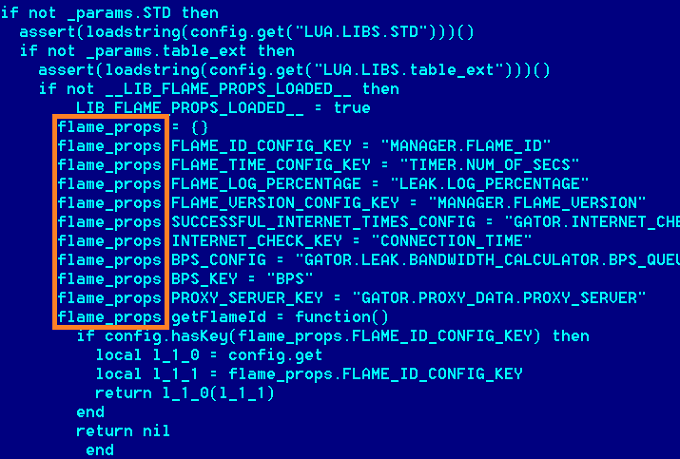Irony of fate: not even a day after the publication of a provocative article on the role of Cyber Warfare for maintaining peace, a new cyber threat appears, which is destined to leave an indelible mark on the cyber weapons’ landscape.
Today is one of those days that the Infosec Community will remember for a long time. It looks like the mystery of the malware targeting the Iranian Oil business a month ago has come to a solution, and it is not that kind of conclusion we would have hoped and expected.
Nearly in contemporary Kaspersky Lab, CrySyS Lab and the Iranian Computer Emergency Response Team Coordination Center have unleashed details of what has been defined (arguably) the most complex malware ever found.
The malware, which has been dubbed Flame (Kaspersky), or sKyWIper (CrySyS Lab), or also Flamer (CERTCC), has some unprecedented features that make it one of the most complex threats ever discovered:
- The
Cyber WeaponMalware is a sophisticated attack toolkit, It is a backdoor, a Trojan, and has worm-like features (three in one). According to Kaspersky its development has taken a couple of years and it will probably take year to fully understand the 20MB of code of Flame. - According to CrySyS Lab Flame has been in the wild since 2007, having been seen in the following geographical regions: Europe on Dec 5 2007, The United Arab Emirates on Apr 28 2008 and the Islamic Republic of Iran on Mar 1 2010;
- Flame is controlled via an SSL channel by a C&C infrastructure spread all around the world, ranging from 50 (Kaspersky) to 80 (CrySyS) different domains;
- Flame owns many capabilities, including sniffing the network traffic, taking screenshots, recording audio conversations, intercepting the keyboard. C&C operators may choose to upload up to about 20 modules, which can expand Flame’s functionality;
- The complete set of 20 modules is 20 MB in size when fully deployed (about 20 times larger than Stuxnet and maybe it is the reason why it wasn’t discovered for so long);
- Flame includes a piece of code (about 3,000 lines) written in LUA, a not so common occurrence for malware;
- Top 7 affected countries include Islamic Republic of Iran (189 Samples), Israel/Palestine (98 samples), Sudan (32), Syria (30), Lebanon (18), Saudi Arabia (10), Egypt (5).
- Flame appears to have two modules designed for infecting USB sticks: “Autorun Infector” (similar to Stuxnet) and “Euphoria” (spread on media using a “junction point” directory that contains malware modules and an LNK file that trigger the infection when this directory is opened);
- Flame may also replicate via local networks using the following:
- The printer vulnerability MS10-061 exploited by Stuxnet – using a special MOF file, executed on the attacked system using WMI;
- Remote jobs tasks.
- When Flame is executed by a user who has administrative rights to the domain controller, it is also able to attack other machines in the network: it creates backdoor user accounts with a pre-defined password that is then used to copy itself to these machines.
So far
- So far no 0-day vulnerabilities have been found, despite the fact that some fully-patched Windows 7 installations have been compromised, might indicate the presence of high-risk 0-days.
With no doubt a beautiful piece of malware written with the precise intent of Cyber-Espionage. Besides the resounding features of the malware, I found particularly interesting the same infection mechanism used by Stuxnet, that make me think of (another) possible double agent implanting the first infection.
This (legitimate) suspicion is also reinforced by the disarming conclusions issued by CrySyS Lab:
The results of our technical analysis support the hypotheses that sKyWIper was developed by a government agency of a nation state with significant budget and effort, and it may be related to cyber warfare activities.
[Originally posted on Hackmageddon.com: http://hackmageddon.com/2012/05/28/a-flame-on-the-cyberwarfare-horizon/]
If you want to have an idea of how fragile our data is inside the cyberspace, have a look at the timelines of the main Cyber Attacks in 2011 and 2012 (regularly updated) at hackmageddon.com. And follow the author of this article @paulsparrows on Twitter for the latest updates.
Related articles
- Middle East Cyber War: Revenge Of The Drones (theaviationist.com)







